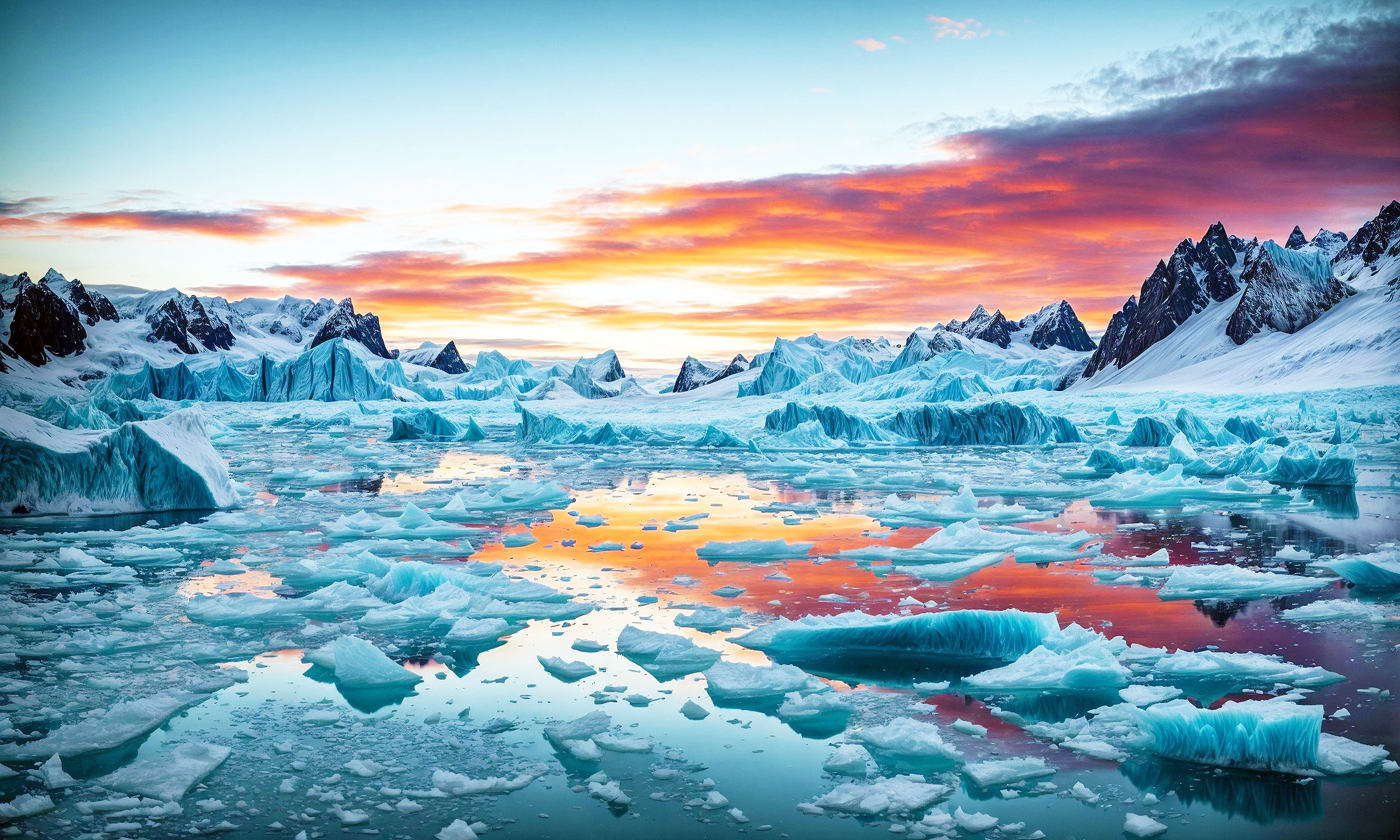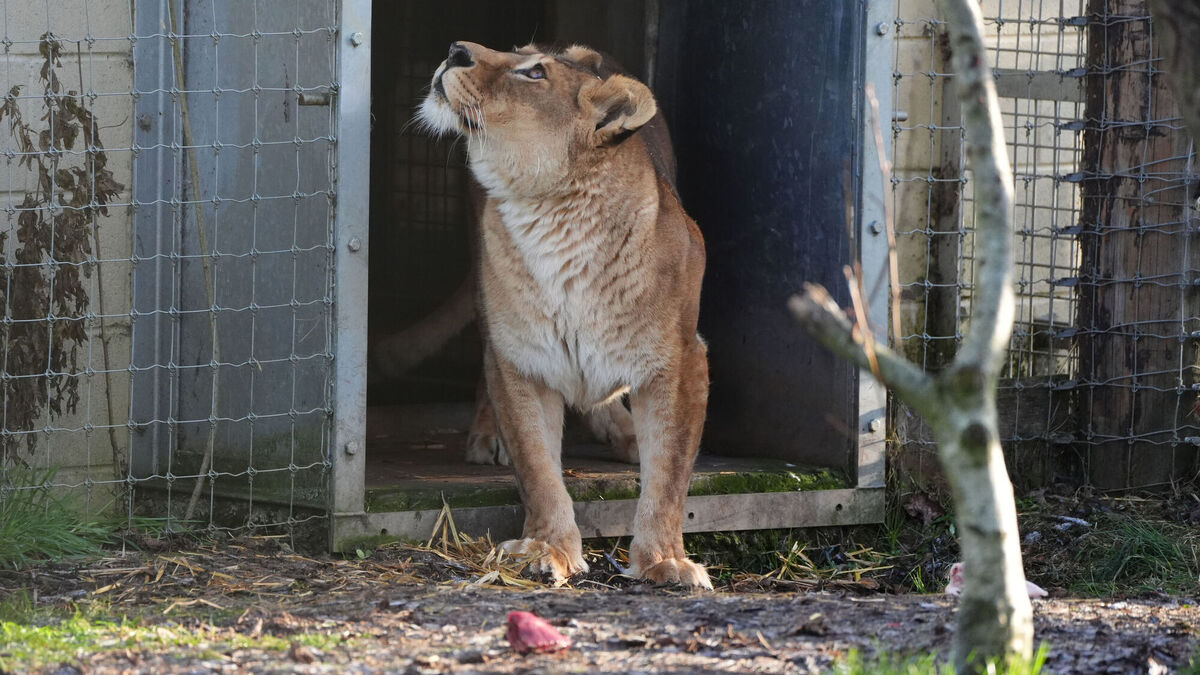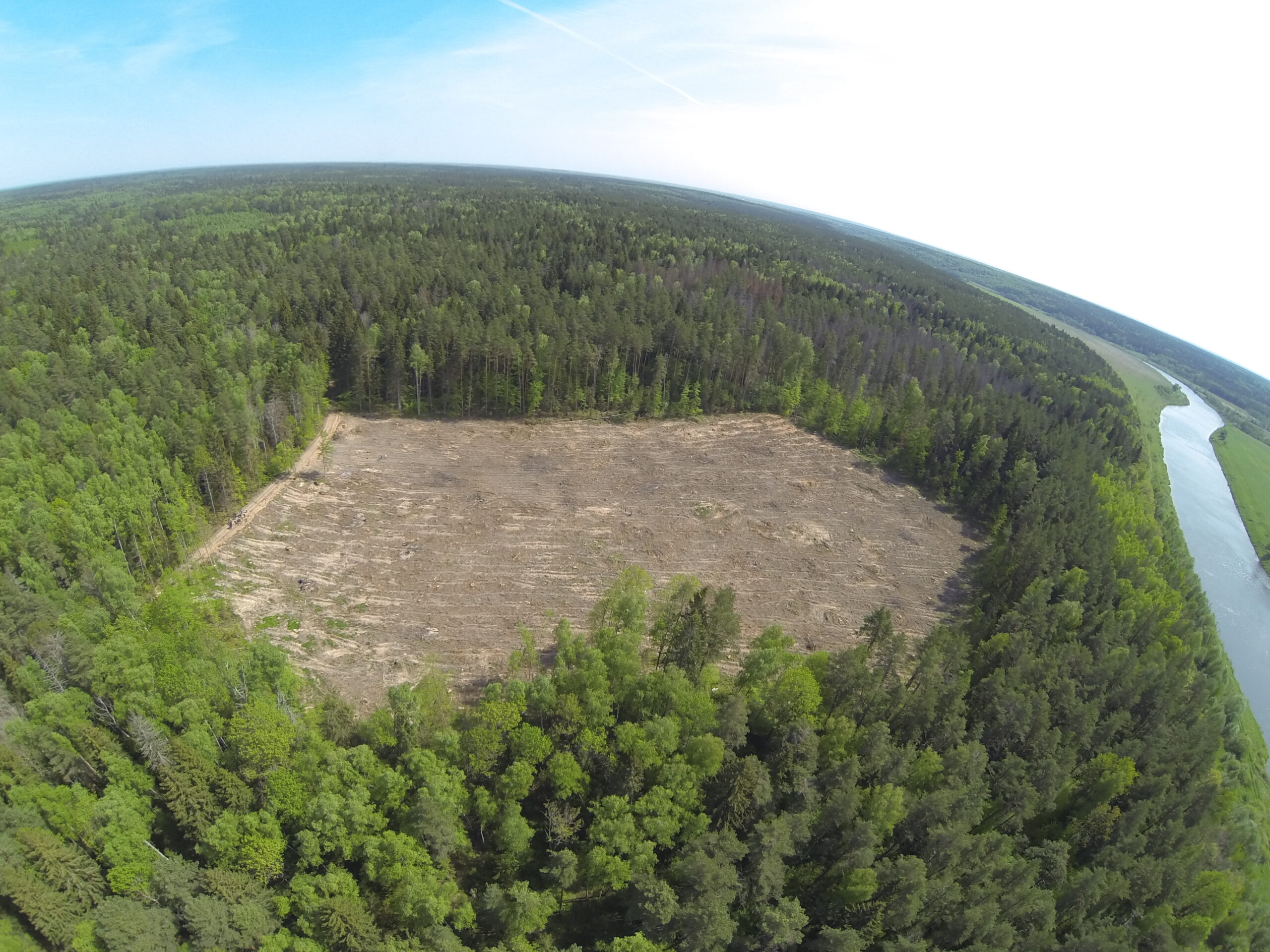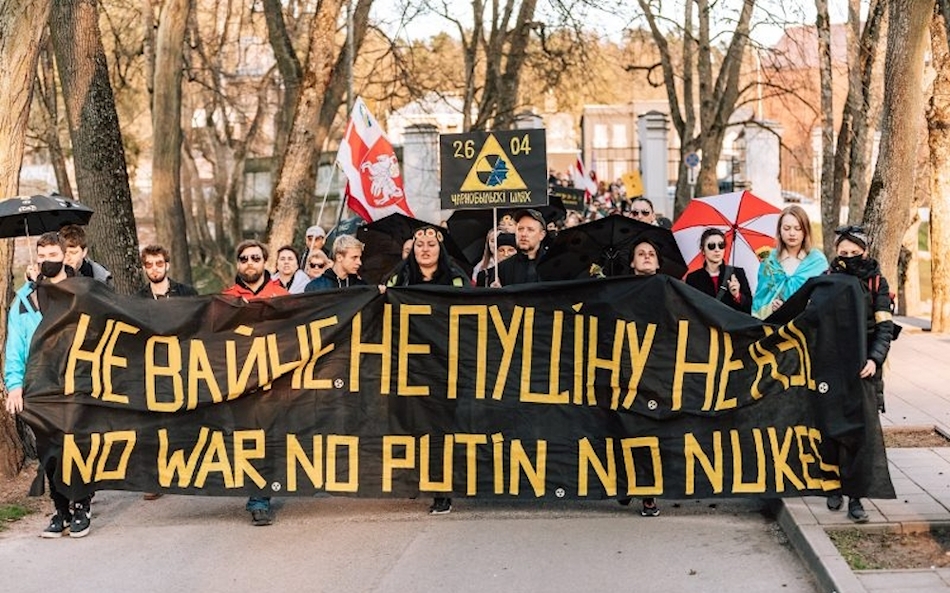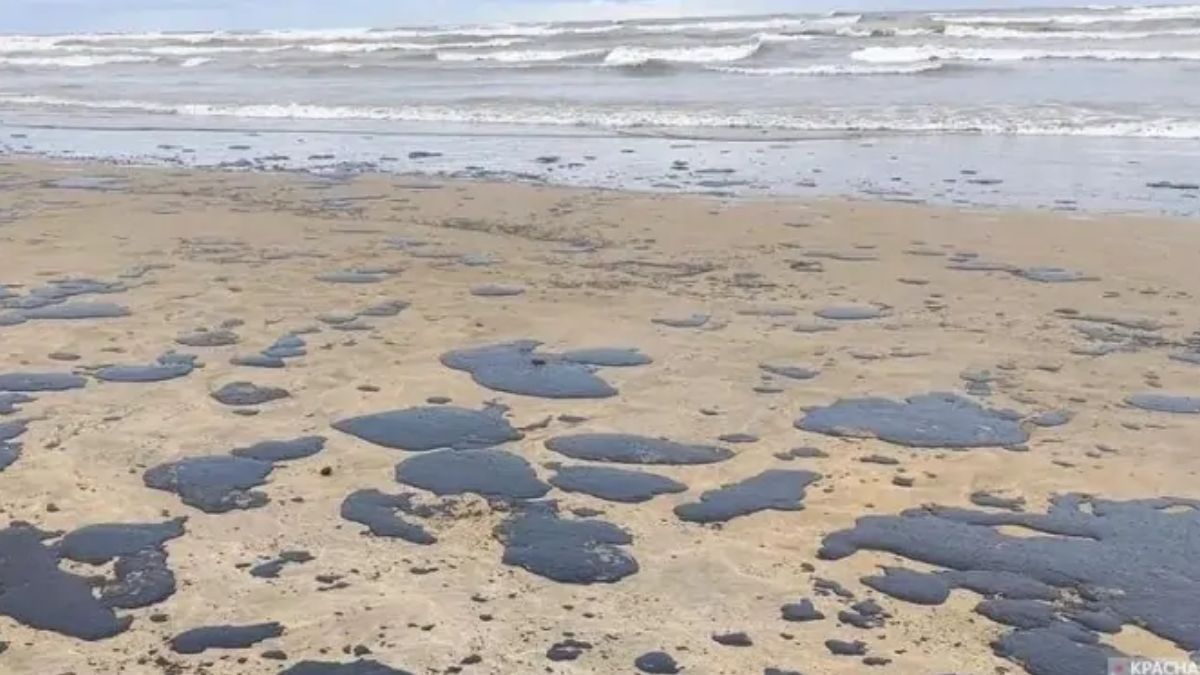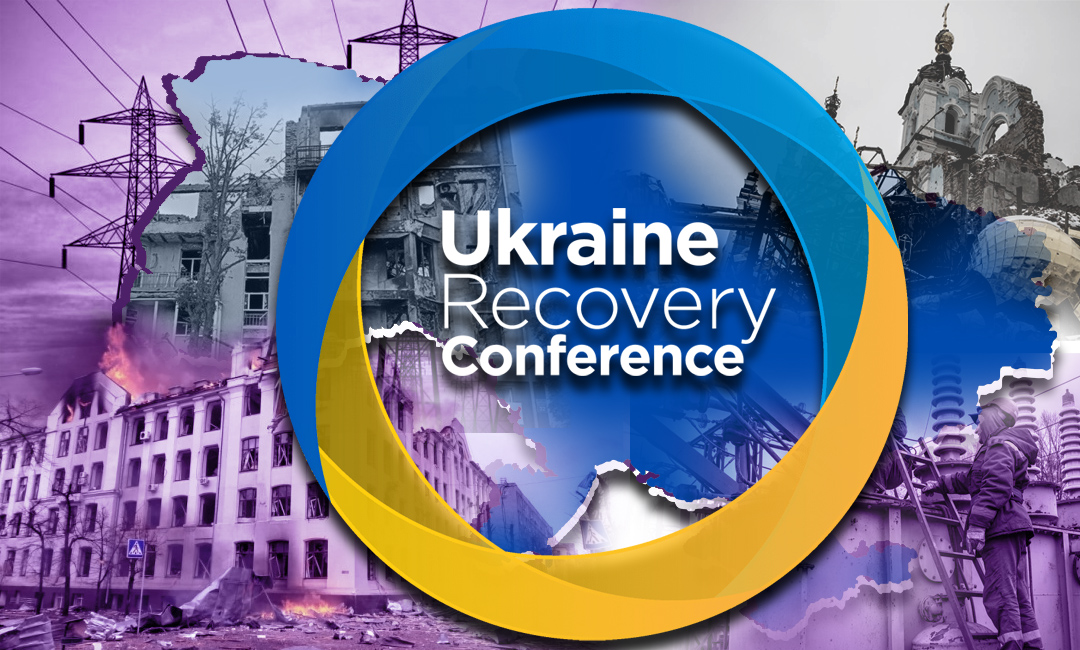Margaret D. Williams
Note: First and foremost we recognize that Putin’s war is decimating Ukraine’s people, culture, and natural heritage. This article is not to place the Arctic region ahead of Ukraine in any manner. Rather, it is an additive piece of the picture needed to understand the ramifications of the destruction of relations between the West and Russia.
This article explores some of the environmental consequences of Russia’s war in Ukraine that are being felt far beyond the battlefields. In the high latitudes of the Arctic, thirty years of collaboration between Russia and the West in the fields of biological research and monitoring – as well as environmental protection – contributed to understanding and conserving transboundary species and ecosystems. For the last two years, however, most international science programs (with the exception of space exploration) have excluded Russian participation. In wildlife and climate-related studies, the severing of ties is hampering global efforts to track climate change and protect biodiversity.
Efforts to hold ground
In the immediate aftermath of Russia’s barbaric attack on Ukraine, western governments appropriately ceased diplomatic relations with Russia and rushed to implement punitive sanctions on Russian oligarchs, businesses, and organizations. Indeed, the US and Europe were quick to sever communications with nearly all of their Russian government partners. In the days and weeks that followed Russia’s invasion of Ukraine, a giant “whoosh” could be heard across the northern hemisphere as hundreds of Western businesses pulled up stakes and left in a hurry.
Over the previous decade, increasing tensions between the West and Russia had already created many operational challenges for western NGOs and scientific organizations working in Russia. New bureaucratic demands regularly required new contortions to move equipment or samples across borders. A number of conservationists, including employees of World Wildlife Fund (WWF) and Pacific Environment, were harassed and detained on flimsy charges. Nevertheless, these groups still found ways to operate and remained determined to continue collaborating with their Russian partners. Some NGOs such as WWF were even weathering the difficulties of “foreign agent” designations, treading with caution while trying to hold their ground. Russia’s invasion of Ukraine, however, was a turning point and many international organizations decided it was time to go.
This recent exodus of western partners from Russia and the abrupt end of joint conservation and research programs are now taking a toll on science and conservation at a time on the planet when cooperation is needed more than ever.
The Arctic: A Legacy of Cooperation
Perhaps more than any other region of the world, the Arctic is a region where understanding marine ecosystems and wildlife has depended on collaboration between the West and Russia. As the Cold War came to an end, migratory marine species shared between Russia’s eastern Arctic and the US, and between Russia’s western Arctic and Europe – and their habitats – became the focus of many shared biological inquiries. In the “new” Russia of the 1990’s, opportunities to communicate across previously impassable barriers led to the blossoming of hundreds of new partnerships, including long-term research and monitoring programs, both bilateral and multinational, across the Arctic.
One legal arrangement that accelerated such programs was the “Agreement on Cooperation in the Field of Environmental Protection” (first signed by the USSR in 1974 and upheld by the Russian Federation in 1992) The agreement provided a framework for 11 thematic areas of collaboration, from Air pollution (Area I) to “Earthquake prediction” (Area IX). Under the auspices of what became commonly known as “Area V,” ( “Preservation of nature and the organization of preserves”), enthusiastic leadership from American agencies, particularly the US Fish and Wildlife Service, catalyzed and sustained a high level of cooperation with their Russian counterparts.
Through Area V, ornithologists, marine mammal biologists, and park managers from each country were able to meet in person, conducting joint field research and wildlife surveys and sharing methods and trading information about the status of their respective species in their nations. Whereas the US-Russia maritime boundary had limited the geographical scope of research for 70 years, the 1990s allowed scientists from both sides to move beyond the boundary for the first time in generations. Finally, Russian and American biologists could work together to describe the population status and migration patterns of polar bears, walruses, salmon, seabirds, shorebirds, sea lions, northern fur seals, and other wildlife.
Indigenous communities, too, were instrumental in adding to this holistic picture, for example, combining efforts across the Bering Strait to share observations and knowledge about bowhead whales. (Calculating an accurate number of whales in the bowhead whale population was critically important in order to establish the harvest quotas permitted for Indigenous communities in both nations). In 2010, a visit to Alaska by Indigenous Chukchi hunters enabled the visitors from Russia to share their observations of the formation of massive coastal walrus haul-outs, an emerging phenomenon in response to the early seasonal melting of Arctic sea ice. Together, this personal exchange with Inupiat hunters and the Chukchi hunters’ stories about protecting walrus haul-outs from aviation activities, tourism, and other disturbances set in motion a similar response among Inupiat hunters when, four years later, 20,000 walruses hauled out on the shores of the village of Point Lay, Alaska.
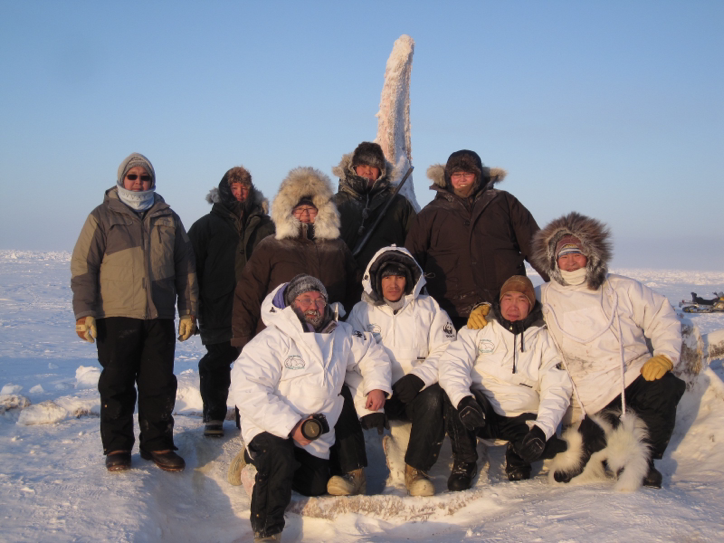
New insights for conservation and science
By 2022, a strong foundation of science had been built upon thirty years of long and deep relationships between Russian and American biologists. Thanks to Area V and decades of cooperation among polar bear biologists and Indigenous observers, new knowledge of the Alaska-Chukotka polar bear population was possible, as were insights into how changes in Arctic sea ice was affecting these bears. Similar outcomes occurred related to many other marine species – walruses, seabirds, Steller’s sea lions, and many more.
International expeditions involving Russian scientists also contributed to a greater understanding of climate impacts in the Arctic Ocean. One such program was the Distributed Biological Observatory (DBO), where multinational teams conducted annual sampling at fixed sites in the Bering Sea in order to detect climate-related changes and impacts on marine biodiversity. Russian researchers also participated in the Multidisciplinary Drifting Observatory for the Study of Arctic Climate (MosAIC ), an ongoing study of climate impacts in the Arctic Ocean that involves participants from 20 nations who gather new data on Arctic biota and climate change. These programs, in turn, informed the global science and conservation communities who could incorporate the information into climate models and conservation strategies.
Arctic partnerships flourished not only through government programs. Dozens of Western conservation groups also teamed up with Russian NGOs in joint efforts to protect nature, often utilizing the research produced by the bilateral science teams to inform conservation strategies. Examples include decades of communication between Indigenous communities, joint work under Area V, and various international studies that documented the Bering Strait’s critical nature as a seasonal migratory super-highway for thousands of marine mammals and nesting habitat for millions of seabirds. In the face of increasing ship traffic through the strait, the Alaska conservation community collaborated with Russian partners to propose new shipping routes to streamline marine traffic and avoid sensitive and navigationally risky areas.
In another illustration of transboundary collaboration, an NGO coalition, known as the Clean Arctic Alliance, provided a forum for environmental groups across the Arctic (primarily from the US, Canada and Russia), to pursue shared goals related to ocean pollution and protection. The International Maritime Organization (IMO)’s passage of a ban on Heavy Fuel Oil in the Arctic in 2021 can be attributed to that coalition’s successful advocacy and their ability to communicate with multiple delegations at the IMO, including Russia’s representatives.
Another example of cooperation – this one between the American and Russian branches of WWF – helped to prevent the bycatch of tens of thousands of seabirds in the western Bering Sea longline fishery. Around the world, long-lines decimate seabirds by ensnaring and drowning them when the birds fly in to steal baitfish from line’s hooks. When the problem of seabird bycatch had become intolerably high and risked pushing the rare Short-Tailed Albatross into extinction, relevant authorities threatened to shut down the Alaskan longline fishery in the event that the two-bird limit was reached as these birds become ensnared and killed. Facing the prospect of their fishery being closed, the fishermen worked with scientists to devise a simple yet highly effective method of preventing seabird bycatch.
WWF US was able to share the Alaskan experience by funding the involvement of a Russian ornithologist in first documenting the problem of seabird bycatch. WWF then introduced American fishermen to Kamchatka fishing captains to explain the economic benefits of these bird-saving devices. Using an economic assessment tool developed in New Zealand, WWF was able to demonstrate that just one Russian company was losing $100,000 per fishing season in lost bait and lost fishing opportunities. The combined personal outreach and connections between Russian and American seabird biologists and fishermen proved to be a winning formula. Russian longliners were convinced of the value in adopting the use of the deterrents – known as “streamers” on their own vessels. Even after WWF’s initial investment in the project ended, Kamchatka long line vessels continue to use the deterrents, thereby saving thousands, if not tens of thousands of seabirds annually.
Abrupt interruption in cooperation: What does it mean?
On 11 June 2022, the official release of the United States’ Guidance on Science and Technological Cooperation with the Russian Federation signaled to many scientists that a new Cold War had rushed in and settled across the land like a chilly fog. While making allowances for existing projects to be “concluded”, the White House statement was a glaring red light, making clear that no new collaborative projects could commence. Furthermore, the guidance stated that until “Russia ends its war against Ukraine, the United States government will seek to limit engagement with the Russian government in various international projects and initiatives related to science and technology, except where required by our obligations under international law.”
It is important to note that the White House guidelines acknowledge that NGOs are not encumbered with these same restrictions: “Non-government institutions should make their own determinations regarding how to proceed with contact and collaboration between the United States and Russian scientific communities, in furtherance of an open exchange of ideas within the international science and technology community.” Nevertheless, many conservation groups decided to exit Russia, or were forced out by hostile designation of such organizations as “undesirable organizations.”
That severing of the many bonds built over 30 years is felt deeply across science and nature protection communities. The lack of communication now means that western conservationists and scientists no longer have access to information about trends in wildlife and impacts of climate change on wildlife and ecosystems.
One area of Arctic research has the science community particularly worried: permafrost research. Russia contains 46% of the northern hemisphere’s permafrost, the layer of frozen soil across the Arctic. Permafrost also contains high volumes of decomposing organic matter, which, when warmed as the permafrost thaws, releases methane. Permafrost contains 2.5 times more carbon than that which exists in the global atmosphere, and also has significant amounts of methane. In order to accurately calculate what is happening with our global climate systems, western scientists need to communicate with their Russian counterparts. And yet most bilateral communication is now impossible.

Bering Strait “super-highway”
One geographic area of particular concern in the current “chill” is the Bering Strait. This narrow waterway separates Russia from the United States by 58 miles of water, a passage that connects the North Pacific Ocean with the Arctic Ocean. If connectivity is an important ecological principle upheld as key to maintaining genetic diversity and species resilience, the Bering Strait is an essential place in all of the Arctic, and even the planet. This place is one of the most sensitive and critically important chokepoints for marine mammals in the Arctic (and globally). Each spring, over 15,000 bowhead whales swim through the strait, primarily under the ice, in pursuit of productive feeding grounds off the Alaskan coast, and then onward to Canadian waters. By fall, the bowheads linger just off Russia’s Chukotka coast, before heading south through the Bering Strait.
While ship traffic was already on the rise in the last decade, since the war in Ukraine, the number of vessels transiting the Bering Strait increased by 40%, in large part due to closer Sino-Russia relations. The combination of a longer open water season and more vessels overlapping with the natural patterns of wildlife migrations represents a new and acute environmental threat to the Bering Strait. Cargo vessels, liquefied natural gas tankers, and other ships are now moving through the Bering Strait at the same time the bowheads are migrating south to the Bering Sea. And now that the shipping season is possible in the dark months of fall, the use of deck lighting on vessels is likely to attract seabirds, which often become disoriented by the lights and frequently perish.
The Bering Strait offers a vivid example of how the halt in collaboration between US and Russian government agencies has exacerbated an existing environmental risk in that waterway. After years of developing a joint contingency plan in the event of an oil spill in the Bering Strait, members of the US Coast Guard and Russian Marine Rescue Service met in Anchorage, Alaska in September of 2021. During this collegial, professional exchange, senior leaders of these agencies made plans for an on-site oil spill response exercise in the spring of 2022. Both parties planned to bring their own response vessels and equipment and to engage US and Russian personnel in practice drills. Understandably, these exercises were canceled because of Russia’s instigation of war in Ukraine. The Bering Strait is all the more vulnerable, and the region is ill-prepared for an accident when it happens.
The role of western funders cannot be ignored in considering the impacts of conservation in Russia over the last decades. Multi-millions of dollars were invested in Russia’s protected areas, species protection, education, and research. Naturally, all government aid stopped flowing to Russia as sanctions went into effect. And most private donors ceased funding in Russia, in keeping with the sanctions but also because of the closure of the SWIFT banking system. Inside Russia, there are also obstacles to supporting science or conservation, as “Foreign Agent” laws make it illegal for Russian citizens to receive funding from foreign organizations.
Examples of the war’s impacts on the Arctic are numerous. From polar bears to walruses, to salmon and seals, Arctic wildlife are mobile and constantly traversing political boundaries. Without an “Area V” forum or similar venue to bring Russian biologists together with their US or western counterparts, refreshing our knowledge of these species and their habitats at a time of rapid change will be highly difficult, if not impossible. But much worse for Arctic places, people, and wildlife is that the communities of individuals and organizations united for a common cause – Arctic science and conservation – are now isolated and unable to work together. Ambitious visions for science are now on hold. Ambitious goals for nature protection, such as those encompassed in the Global Biodiversity Framework, are unlikely to be fulfilled, in part because the agreement is inherently global and requires cooperation.
New forms of collaboration
Considering the dire trends in biodiversity loss, it is worth considering some approaches to preserve valuable information networks and conservation efforts. It is important that any step to engage Russian experts avoid a signal of legitimizing the Putin regime or endangering those western allies and former partners inside Russia, where a harshly repressive anti-western atmosphere is dominant.
One way this is possible is through contact with the many skilled Russian biologists and scientists who have fled their country’s authoritarian regime. Western scientists could connect with these people and engage them in data analyses and expert assessments.
In the last two years, Western entities have effectively black-listed Russian participants from Arctic scientific conferences. Efforts could be made to open access to some Russian partners, especially young scientists who are eager for contacts with the West. Additionally, information sharing could be facilitated via publicly accessible databases, thereby skirting direct communication. If communication were to be considered, virtual, on-line webinars within academic circles could allow for some exchange of expertise. Utilizing the UN system as a broker for convening scientists may be considered, for example, through the United Nations Environment Program (UNEP) and the Fisheries and Agricultural Organization (FAO), both of which maintain offices in Moscow.
Finally, just two weeks ago, the Arctic Council issued new guidelines to allow for its Working Groups to resume meeting – for now, only via virtual formats. This development will certainly accelerate some communication between the West and Russian experts, though it remains to be seen whether substantive work will be catalyzed with Russian involvement.
Considering the relative independence the private donor community has within the US Guidelines on Scientific Cooperation, foundations could help by making some funds available for the above activities. Investment in supporting “diaspora Russians” with the skills and knowledge in science and conservation could go a long way in supporting the conservation and science communities during this crisis, and also ensure that, when it is possible for such people to return home to Russia, a foundation for partnerships will not have to re-built from scratch. Some universities are already taking this approach through the creation of Scholars At Risk programs that offer safe harbor for scientists and activists who have fled Russia.
Conclusion
The prevailing view of political analysts indicates that Russia’s war in Ukraine is deeply entrenched and there will be no “return to normal” any time in the foreseeable future. Western nations are unlikely to lift sanctions any time soon, and logistical and diplomatic obstacles will continue to prevent the flourishing of full-blown partnerships involving Russian experts. For the sake of wildlife and efforts to protect it – now a casualty of Putin’s unjust war – conservationists and the science community must continue to seek interim approaches for lesser engagement with Russian counterparts that at the very least can serve as a band aid on the hemorrhaging of global biodiversity loss.
Margaret Williams is Senior Fellow, Arctic Initiative, Belfer Center for Science and International Affairs at the Harvard Kennedy School of Government.
Main image source: Earth

